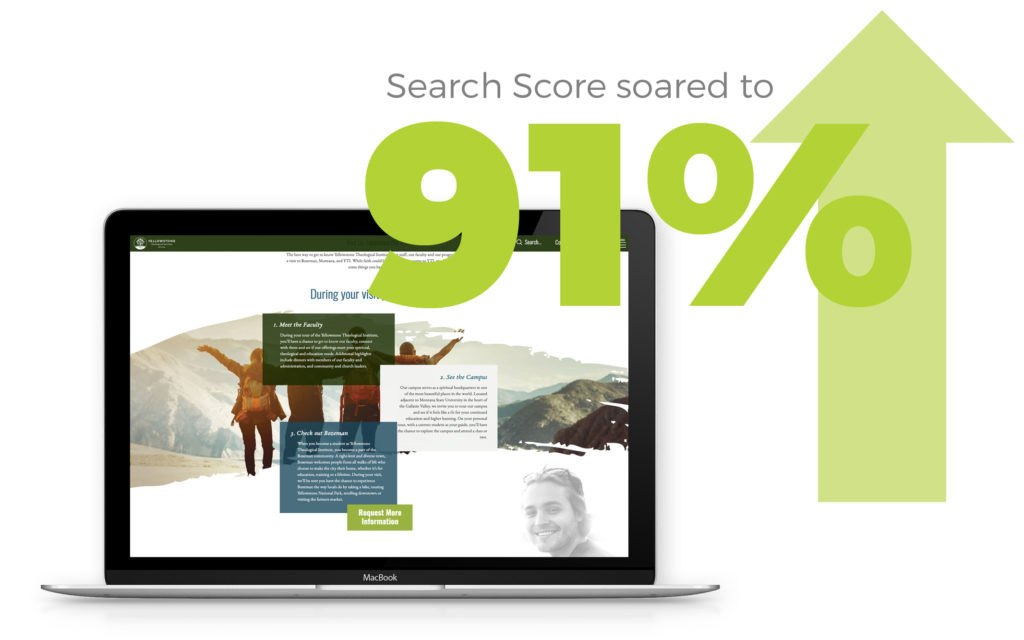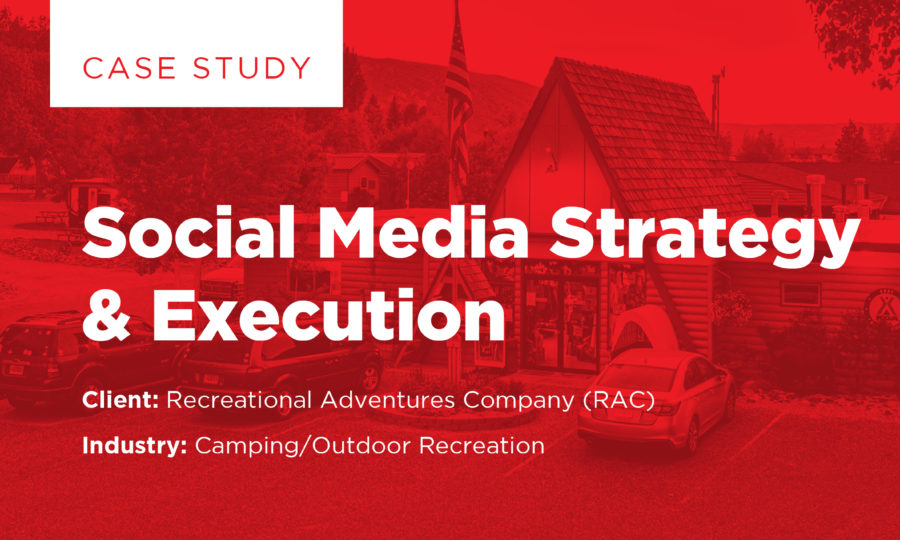Case Study: Search Engine Optimization that Works
You can have the best website on the information superhighway, but if no one finds you how would they know? Search Engine Optimization is as important in website development as design and copy. Check out how the Kinetic team’s SEO tactics achieve top-level performance.
Opportunity
Yellowstone Theological Institute (YTI) in Bozeman, Montana, provides Christ-centered master’s degrees in Theology, Divinity and Arts. It has had modest brand awareness through its student recruitment, summer programs, sports camps and engagement in the arts. But its marketing efforts, particularly through its website, were need of improvement to boost the profile of its school and attract more students. YTI partnered with Kinetic on several digital projects, including a new website. Search engine optimization was essential to the successful relaunch of that site.

Actions
Our goal was to optimize the YTI website to ensure it could be found online. An SEO audit helped us identify key strategic opportunities. We employed a multiple-phase SEO strategy to optimize all on-page and off-page features, focus on relevant keywords, optimize local SEO, perform keyword and target audience research, monitor Google Analytics and organic research, develop content to better engage the audience, and manage ongoing website maintenance.
Results
The SEO audit revealed many areas ripe for optimization, and we developed an SEO strategy to not merely inflate vanity metrics but drive relevant traffic that moves the needle. Our narrowing of the target keyword list better aligned YTI to its target audience and the school’s offerings. We leveraged competitor information to target low-hanging fruit on keywords and SEO strategies. YTI saw a big increase in overall visibility, relevant traffic and average position of target keywords. In just six months, total search score soared to 91% from 47%. For local SEO, the number of listing platforms jumped from eight to 73. Technical errors were reduced by 98%.




